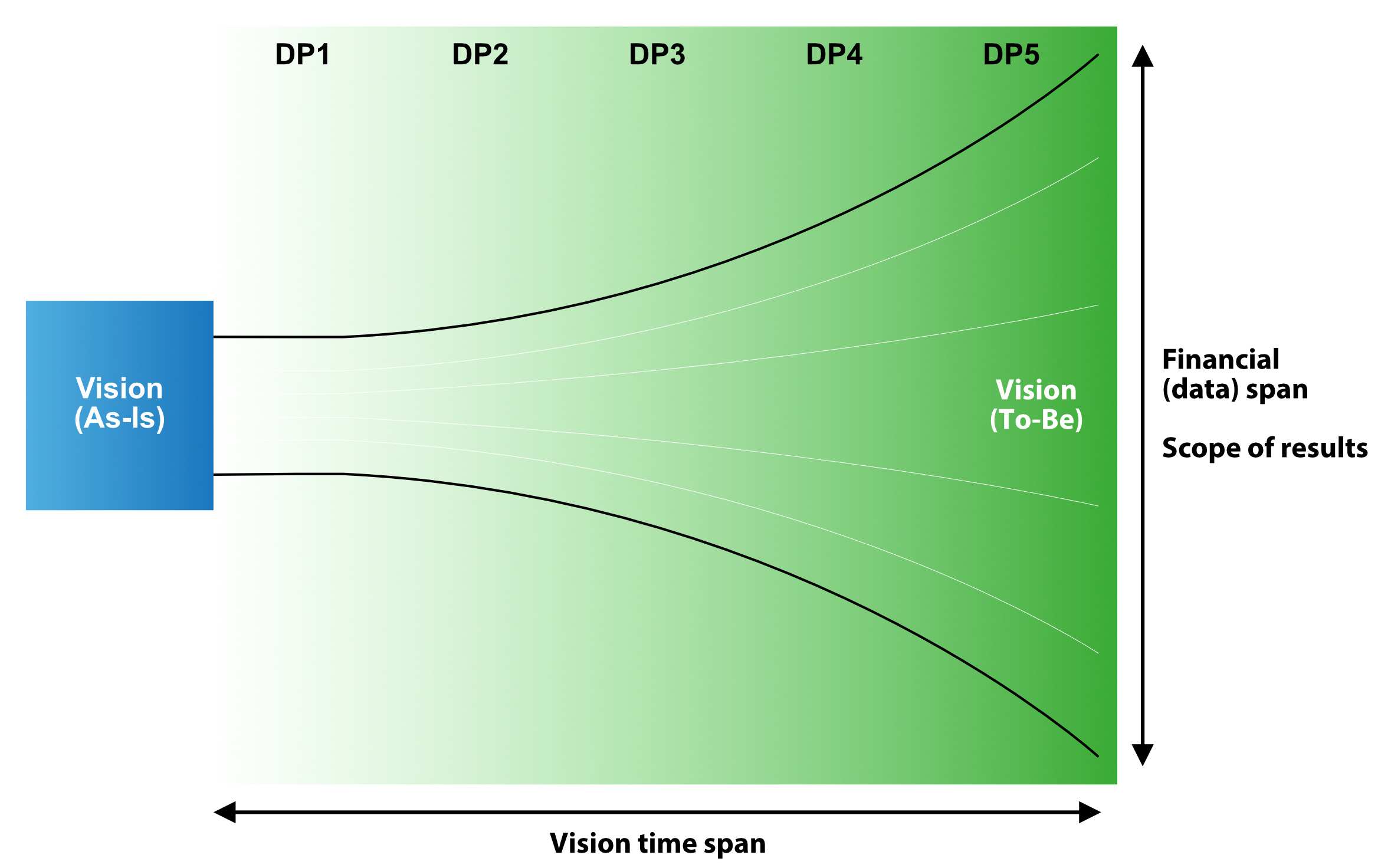Figure C8b.2a Data structure of a strategy document: vision of the SPC Concept

Figure C8b.2a Data structure of a strategy document: vision of the SPC Concept
The Financial (data) span is estimated on the As-Is position at the economic importance of the package of the worldwide Social and Economic Development (SED), Disaster Risks Reduction (DRR), and Humanitarian Aid (HA) projects in a spectrum of financial needs corresponding to the UN Sustainable Development Goals (SDG) program.
The goal is to achieve the consumers to prepare, finance, and maintain project orchestration worldwide.
The timespan model on Figure C8b.2b respects the As-Is timing of any authority, institution, science, or business organization that predicts the future of existence, sustainability, and well-being of the Human in the Great Triad (GT) environment, in milestones, e.g., 2025, 2050, 2100.
The model indicates how individual projects (for example, WEMAF and HEDEC drivers) start to be implemented. The entire program is formed from them, which will enter the complete function in the To-Be time. In practice, we see the opposite. Humans pay a lot of attention to allocating funds to individual programs (for example, the method of portioning a pig before its birth).
Only then does the voluntarism of the preparation and implementation of personal projects begin. In the end, there is no time left for the synergy of WEMAF and HRDEC drivers.
The result we can see on the Timespan model. It is about the difference between the vision (plan) at the beginning and the mission in the To-Be.
In this example, the drivers indicate projects in the areas of WEMAF (Water, Energy, Material, Air, and Finance) and HEDEC (Health, Education, Disasters, Environment, and Capital). Readers will find more about WEMAF and HEDEC drivers in Chapters D and E.